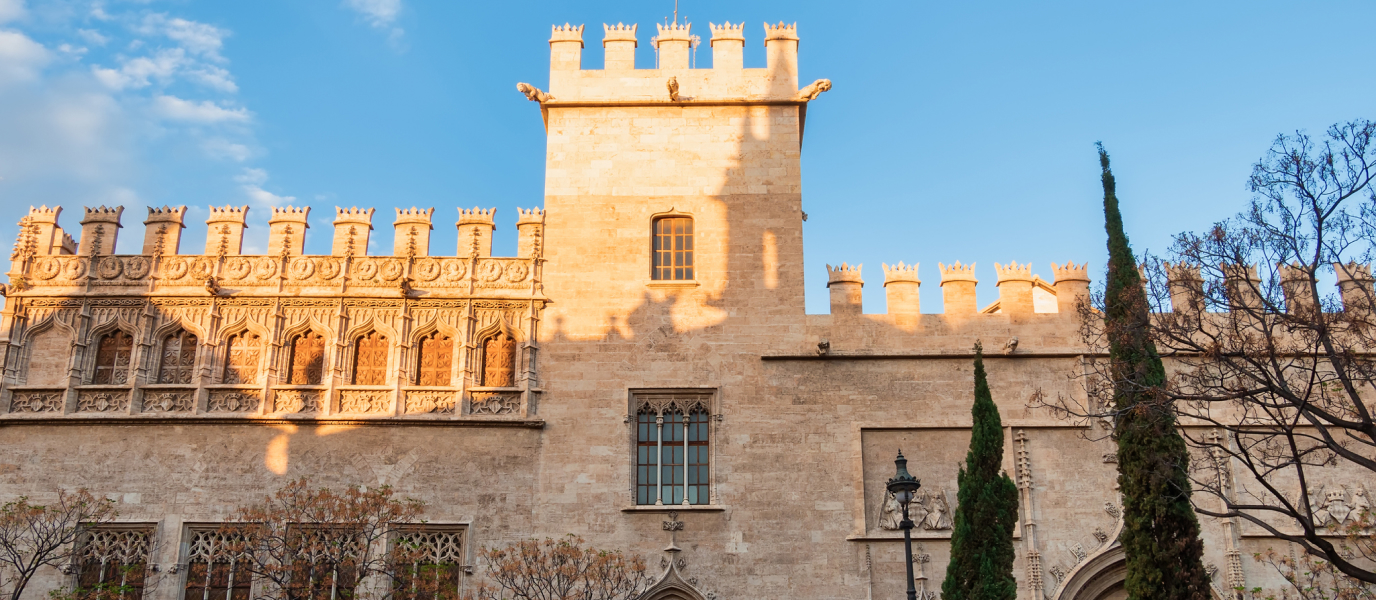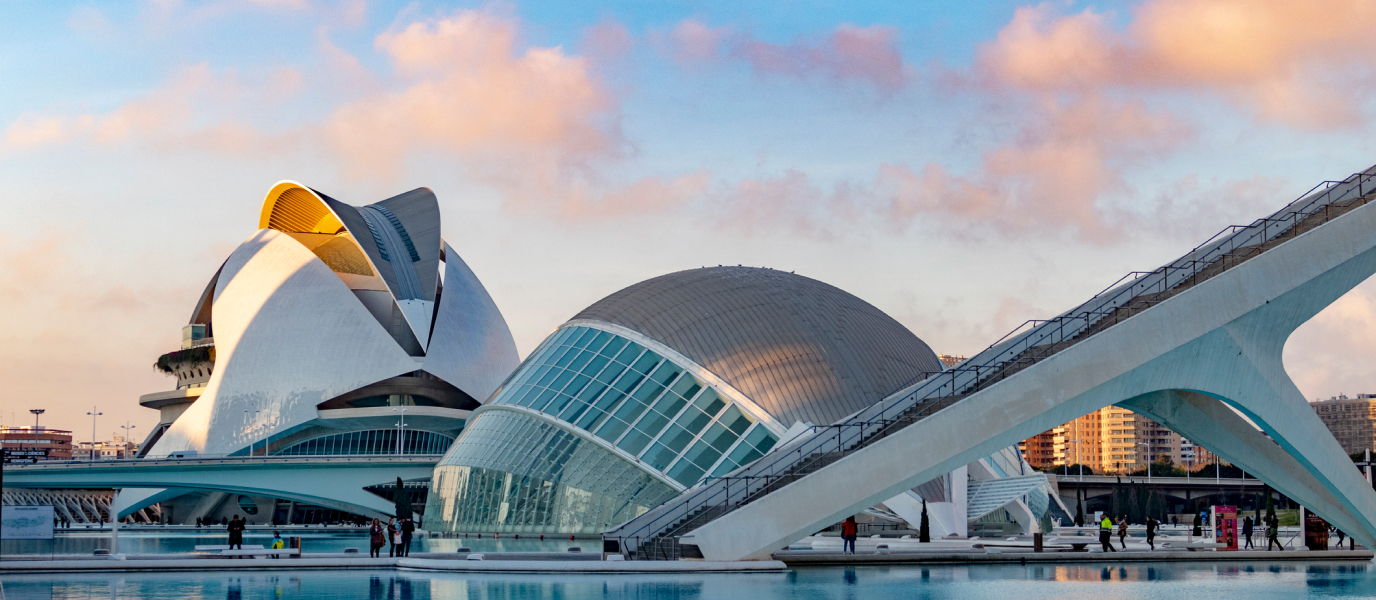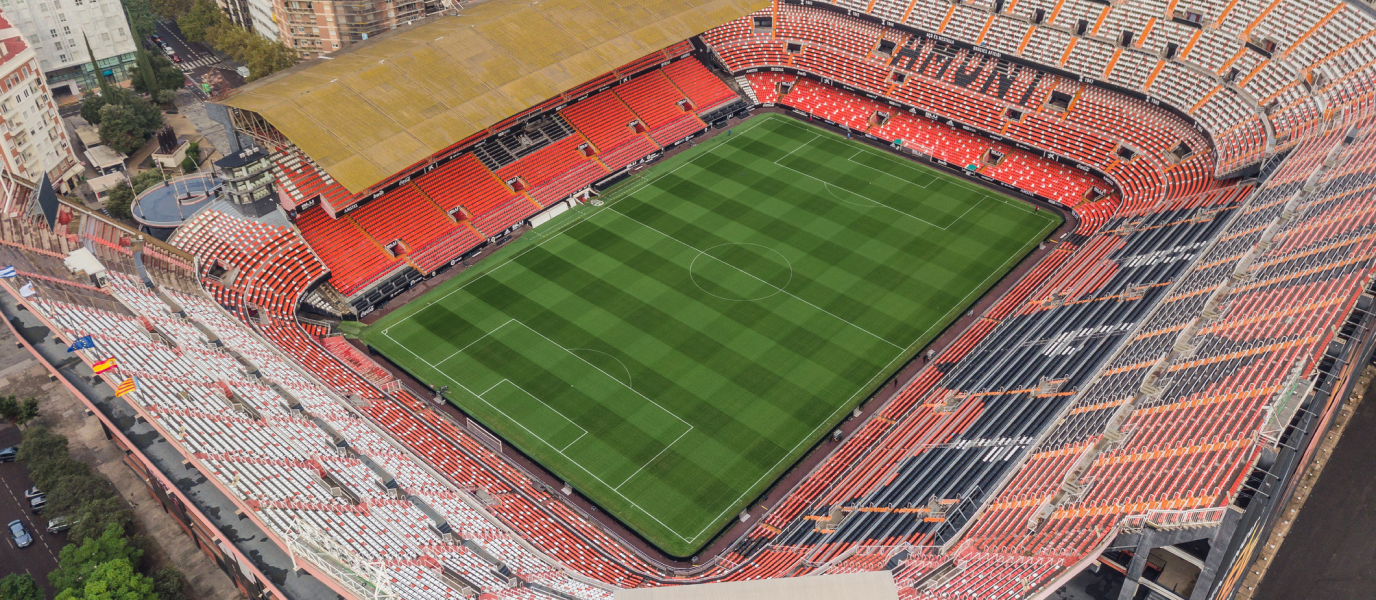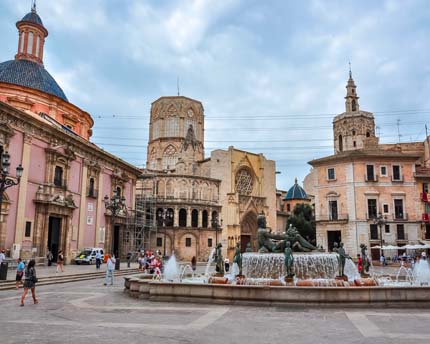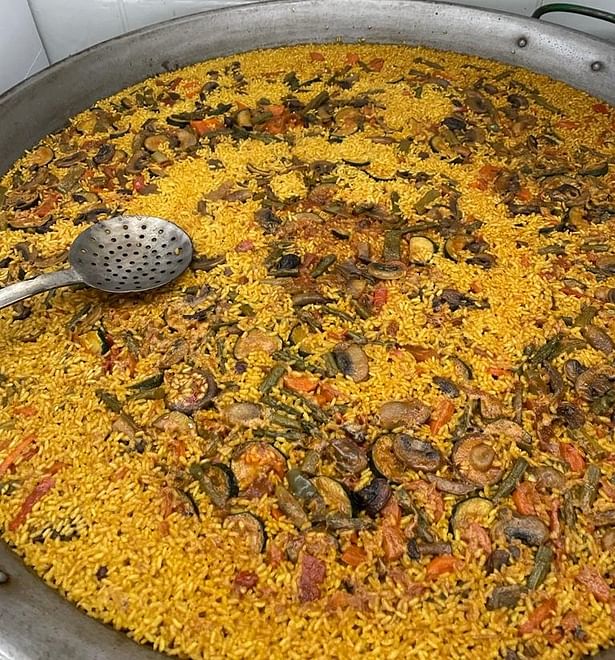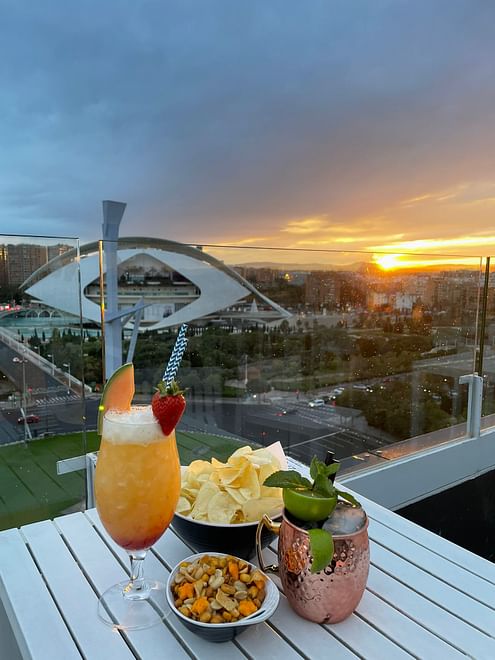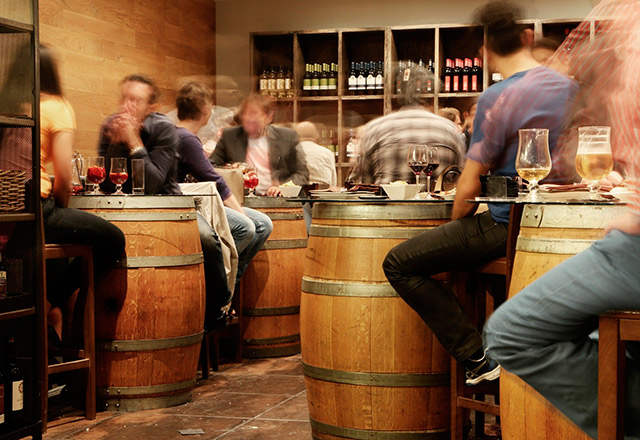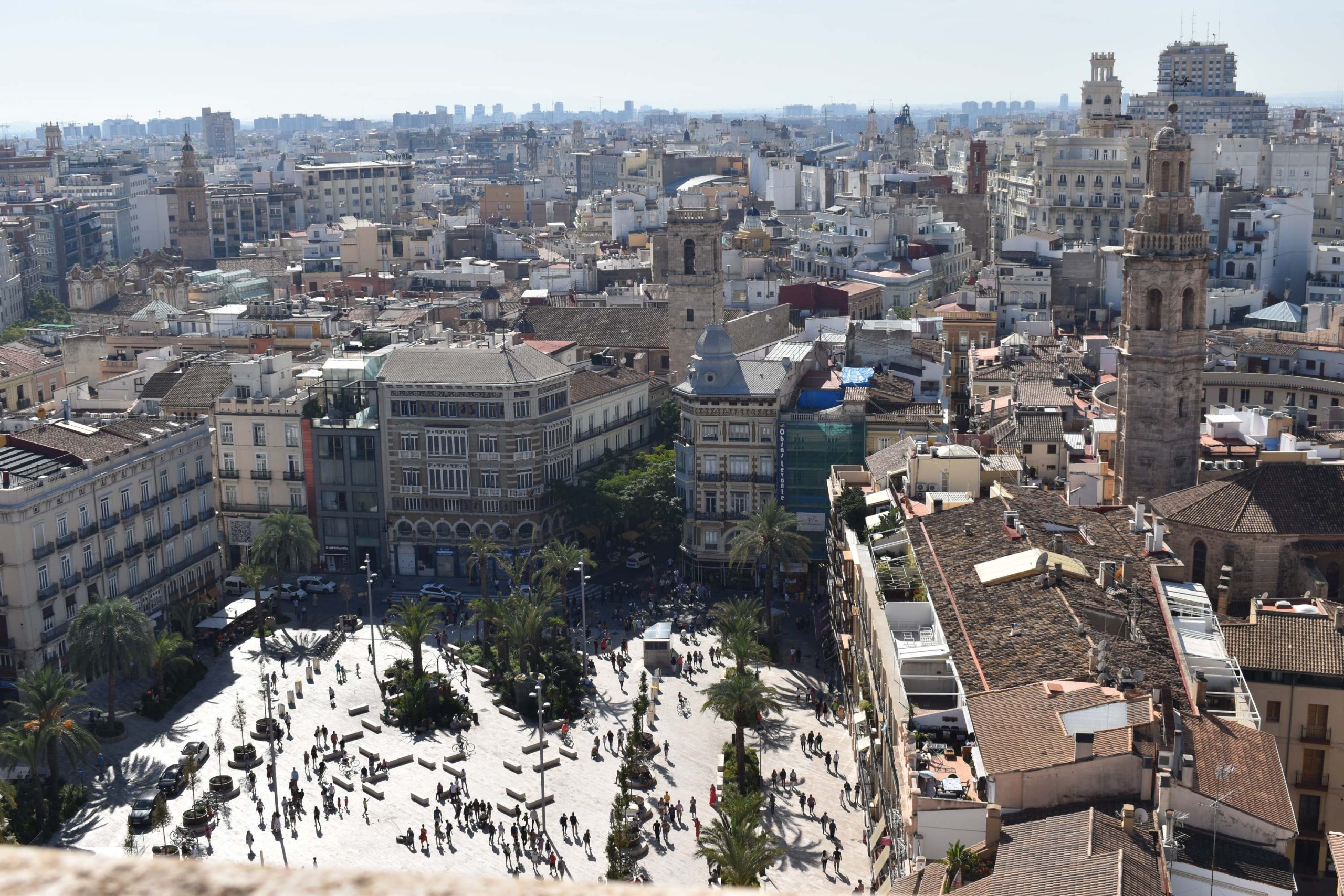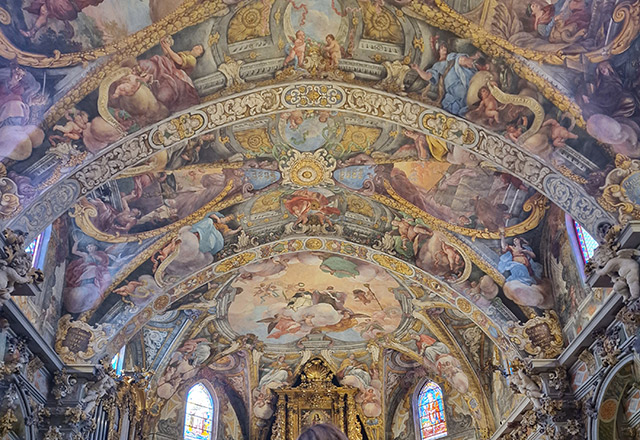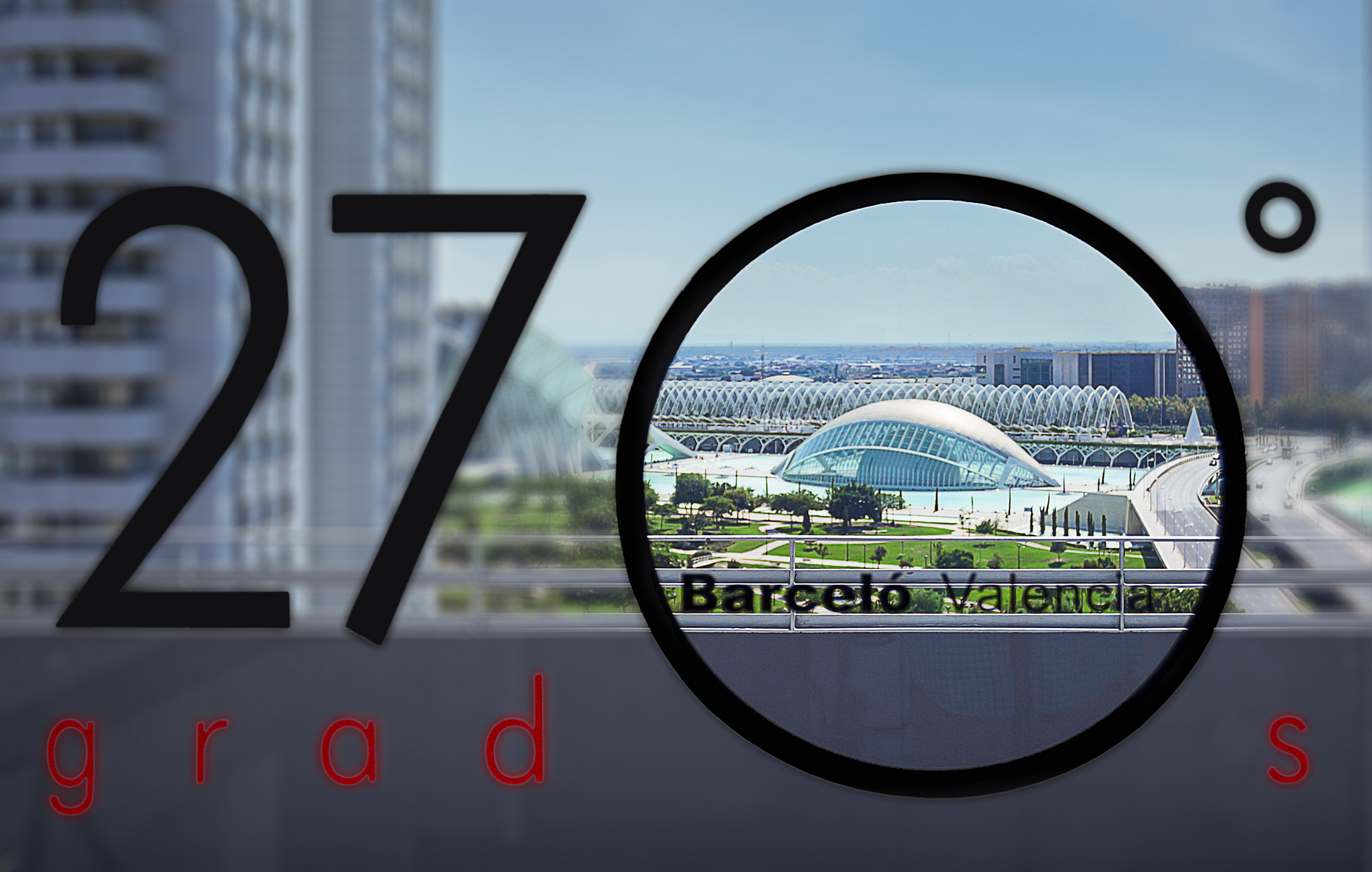During the fourteenth and fifteenth centuries Valencia became one of Europe’s most important cities. This was what is known as the Golden Age of Valencia, when the city not only achieved great political influence but also flourished culturally and economically. Merchants came from far and wide to trade in Valencia, and so in 1482 master stonemason Pere Compte started to build a new exchange big enough to accommodate this thriving commerce. The Llotja de la Seda Silk Exchange [Lonja de la Seda, in Spanish], located in the Plaça del Mercat opposite the Central Market, is considered to be a masterpiece of Gothic civic architecture and takes its inspiration from the earlier Lonja de Palma in Mallorca. It has been a UNESCO World Heritage Site since 1996.
Why is it called the Llotja de la Seda?
Although commerce of all kinds was engaged in here, the importance of the silk trade in the city reached such proportions that it eventually gave the building its name. Silk weaving was Valencia’s biggest industry from the fourteenth to the eighteenth centuries. To give us an idea, if in 1487 there was a census of 293 master silk weavers, by the middle of the eighteenth century some 25,000 people were employed in this industry and there were 3,000 looms in the city.
Also, in the fifteenth century, the buoyancy of this long-distance trade led to the setting up in Valencia of the Taula de Canvis i Depòsits, a financial institution that was a forerunner to public banks, which supported these commercial transactions and was where the first recorded bill of exchange was issued. For a number of years, the Taula de Canvis—literally a wooden table, which is now kept in the Cervelló Palace—, was housed in the Trading Hall of the Exchange [Sala de Contratación de la Lonja].
Reliving the Llotja’s commercial splendour
As we walk around the Exchange, there are many details to remind us that this place was once a veritable temple to trade in one of the Mediterranean’s most prosperous cities. Most of the activity went on in the spacious Trading Hall with its eight lofty helicoidal columns that open at the top like palm trees to form fifteen ribbed vaults. Originally the ceiling was painted as though it were a starry sky. There are inscriptions along the top of the four walls to remind the merchants how to do business without sinning: “Try, and see how good is trade when one’s speech contains no lie, when a promise is made to another and kept, when money is lent without usury. Merchants who live in this way will have abundant riches and at the end will enjoy eternal life”.
A spiral staircase leads from this hall to a square tower that is 26 metres high. While the two upper floors served as a prison for silk thieves and defaulting merchants, the lower floor houses the Gothic chapel of the Virgin of Mercy. This was the virgin chosen as their patron by the Guild of silk merchants, the majority of whom—curiously—were Jews who had converted to Christianity after the expulsion of the Jewish people from Spain in 1492. Evidence of the economic power of this minority in the city is the fact that Christopher Columbus‘s expedition to the Indies was largely financed by the Valencian banker Luis de Santángel, of Jewish origin.
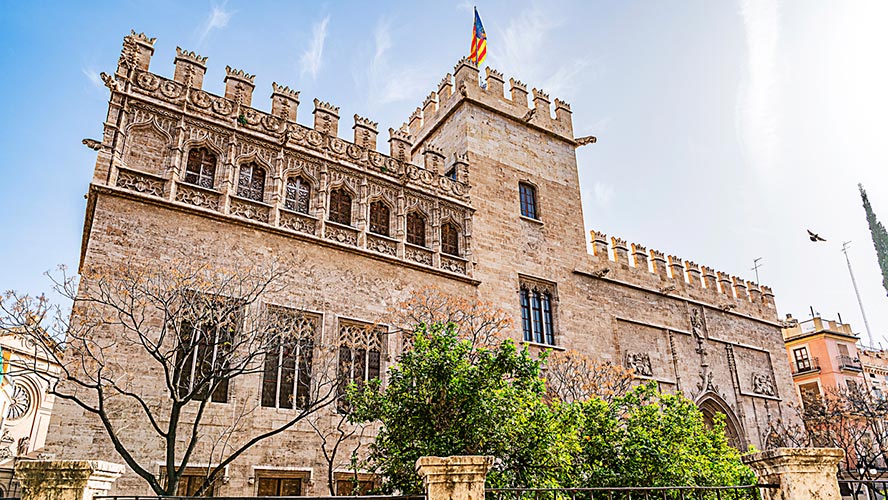
This brings us to the Consulate of the Sea, a rectangular hall in the Renaissance style—built as an annex to the Exchange in the sixteenth century—where the trade consuls arbitrated over trade and shipping disputes. The hall, known as the Golden Chamber, is dominated by a blended Gothic ceiling of polychrome wood, which adorned the City Hall until the nineteenth century and was later transferred here. Our visit ends in the peaceful haven of the Courtyard of Orange Trees where orange and cypress trees grow around a central fountain.
The sense of humour of the gargoyles
Seen on both the principal façade and from the Courtyard of Orange Trees, our attention is caught by a number of statues and gargoyles which show that there was quite a sense of humour in the fifteenth century. The figures censure human vices by means of a variety of satirical and salacious depictions, such as an old woman who appears to have engendered a monkey (a sinner) or a monster with the head of a woman. Focusing on the sin of lust we find a man seemingly “fornicating” with the building itself, a naked woman masturbating, and an adulterer. And if we look closely, we will see an angel that is not genderless… for he is holding his male member with his hand.




































































